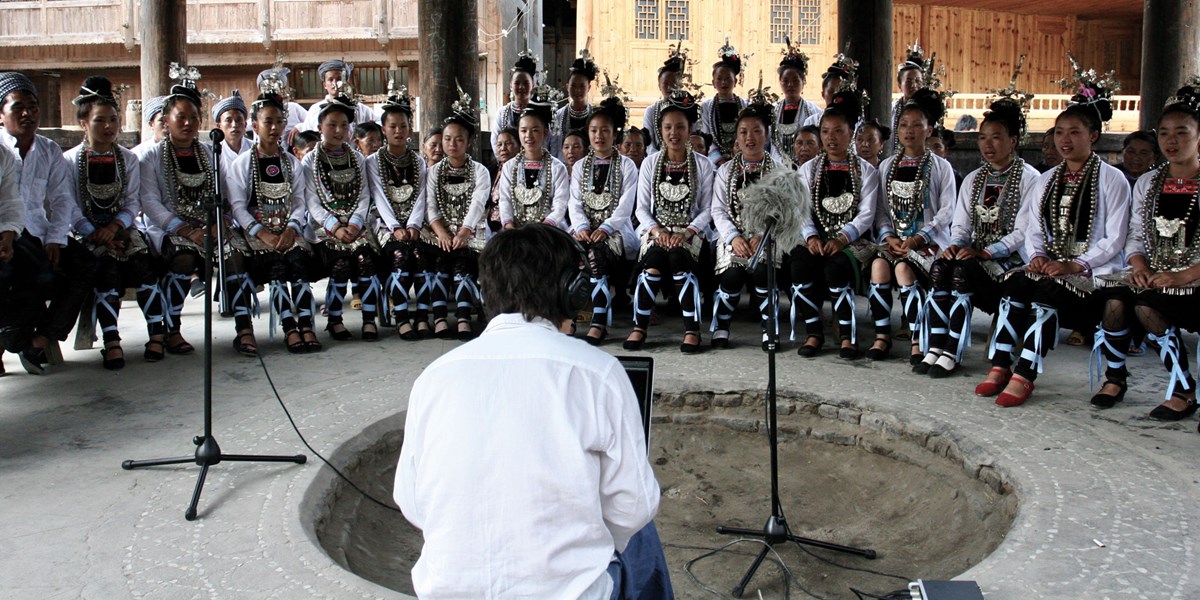Wednesday, August 19, 2020
China’s Musical Secrets
An ambitious Folk Music of China series by Naxos World features folk songs from all of the country’s 55 officially recognised ethnic minority groups. The compilations offer a COVID-proof musical journey to rural China. Frank Kouwenhoven reports

Hou Dudu recording Dong singers in Xiaohuang, Guizhou

Register now to continue reading

Thanks for visiting the Songlines website, your guide to an extraordinary world of music and culture. Sign up for a free account now to enjoy:
- Free access to 2 subscriber-only articles and album reviews every month
- Unlimited access to our news and awards pages
- Our regular email newsletters

